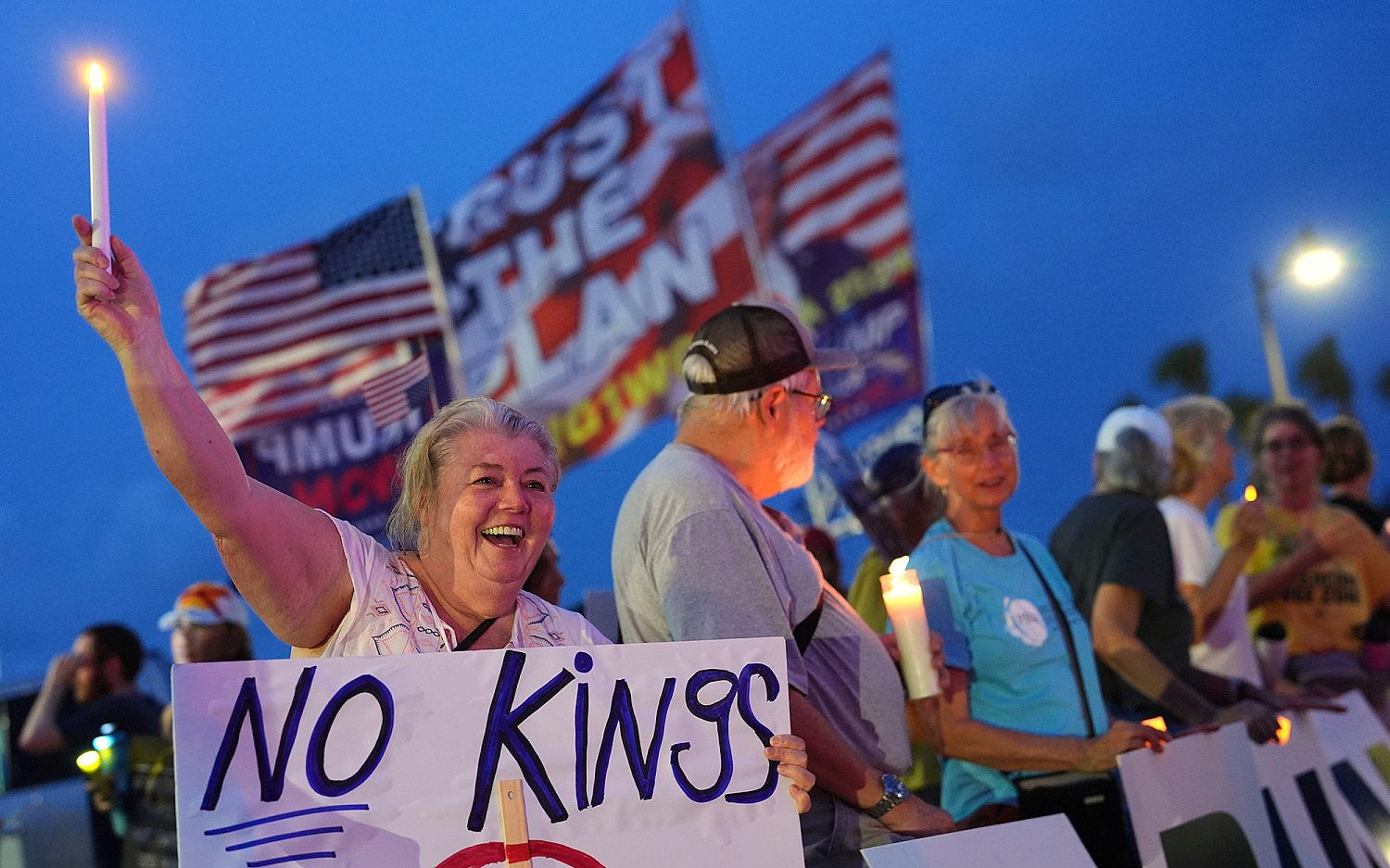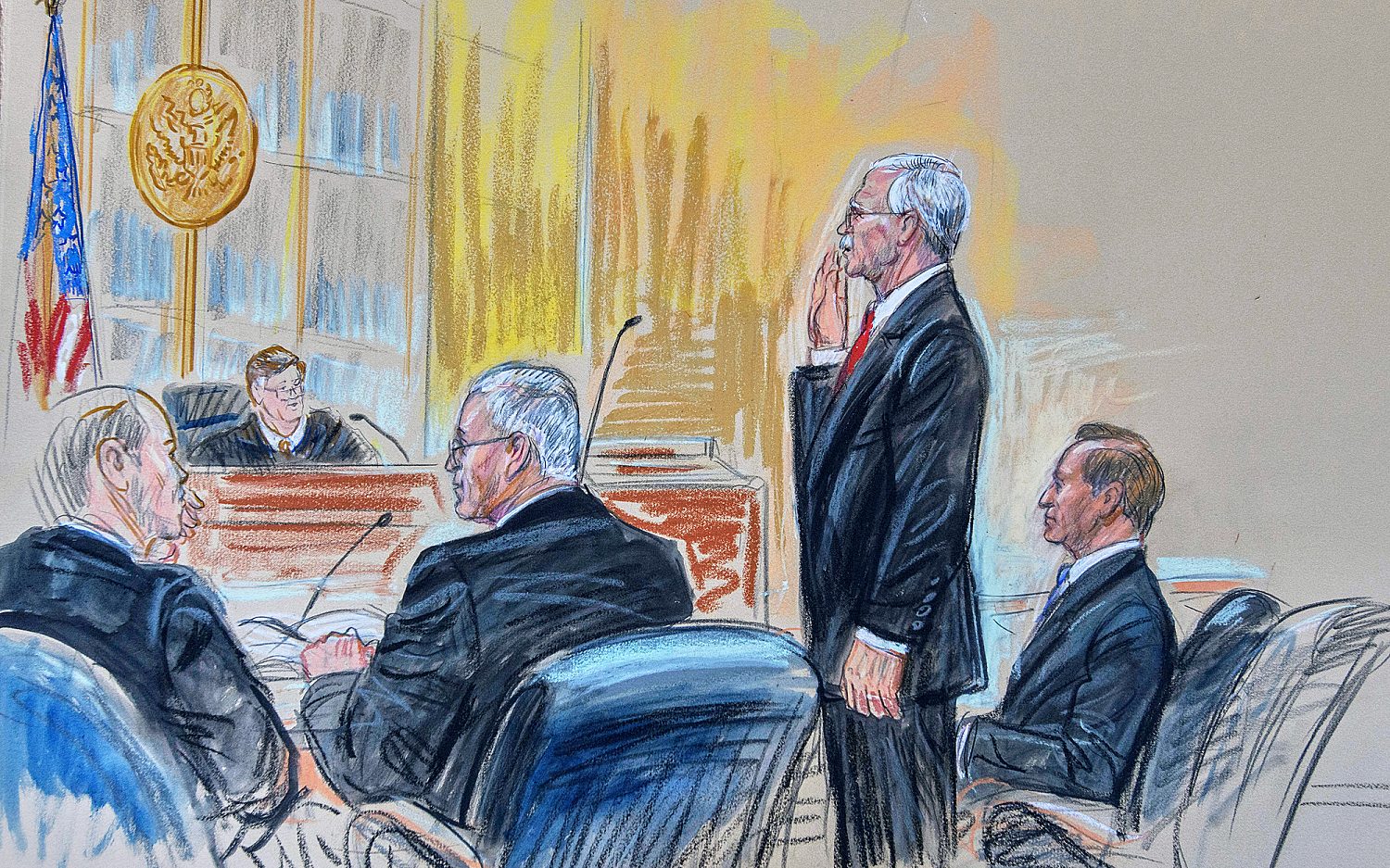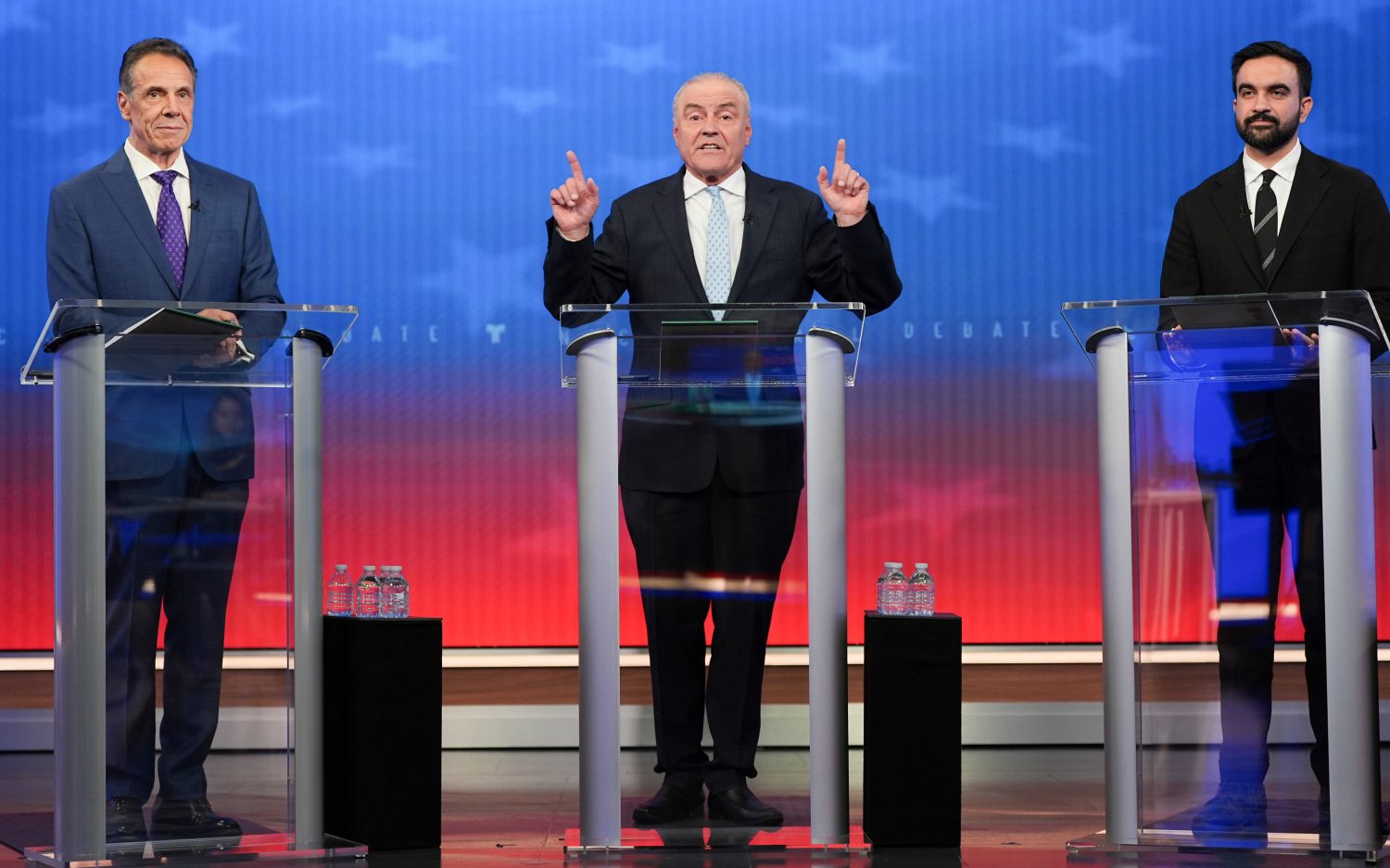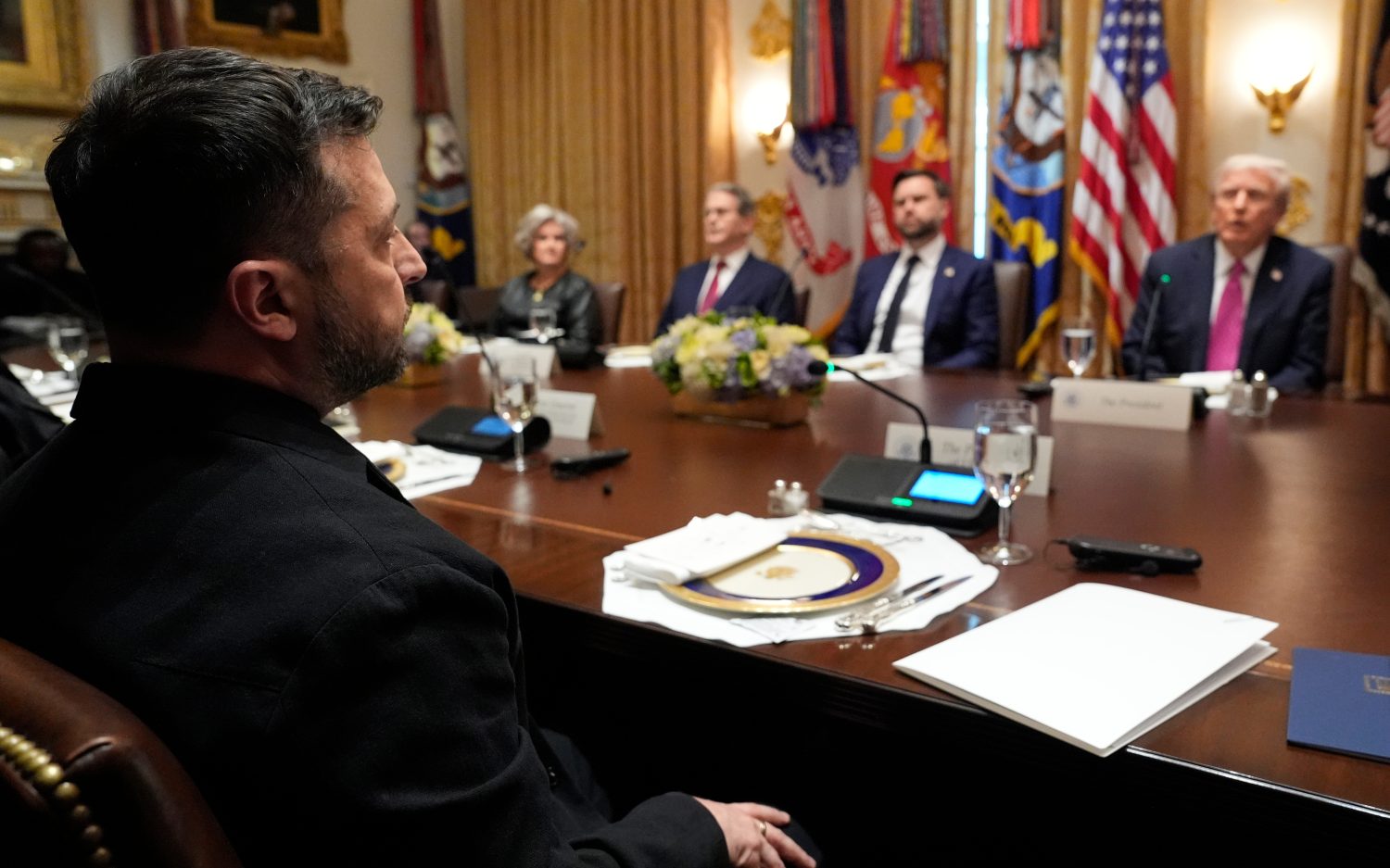TracFone's inside track
Cell phone users in Virginia subsidize a marketing campaign disguised as wireless welfare
The brochure handed out last year in Frederick County social service agencies, such as the food banks and rescue mission, told clients that "Everyone should have a cell phone." It went on to promise that "You pay absolutely nothing. That's a guarantee!"
The brochure explained that people who participate in one of several federal programs, including Medicaid, Low Income Home Energy Assistance, or the National School Lunch program, among others, need simply fill out the form on the back (or go online to Safelink.com), send it in, and a week or so later your TracFone arrives.
OK, so what's the catch?
No catch! Really! There's no credit check, no contract, and a certain number of minutes per month including voicemail, texting, and caller ID, and "you will never get an invoice or bill."
The catch soon becomes clear: Virginians (and other cell phone users in 24 states) are already helping to pay for this program. Along the way, they're subsidizing a subsidiary of a Mexican wireless giant's marketing campaign in the U.S. to potential low-income customers, one that's disguised as a public service program.
Here's what the brochure doesn't explain.
Some call the free cell phones "Obamaphones" because they first became widespread in 2008, but the roots of this program go back to President Ronald Reagan. In 1984 the Federal Communications Commission approved a program called "Lifeline," enhanced in 1996, that subsidizes telephone service for low-income people. The program is now administered by Universal Service Administrative Company. It collects the Federal Universal Service charge (on my cell phone bill it's $2.20 per month) and doles it out to phone companies to subsidize the rates of customers in a Lifeline program.
Lifeline has traditionally been limited to landline services but a few years ago TracFone Wireless Inc., the no-contract, pay-as-you-go wireless provider, a subsidiary of América Móvil of Mexico (200 million subscribers in Latin America), was approved for the program. In October of 2008 TracFone began pitching its "Safelink" program to Virginia's roughly 300,000 potential customers. TracFone provides the phone, Lifeline pays for the minutes. Safelink is now in 24 states, D.C., and Puerto Rico, and is expanding rapidly.
Other cell phone companies, like Virgin, have similar Lifeline programs. Some, like AT&T's "Assurance" program, offer subsidized rates but still cost up to $25/month.
The brochure was part of a massive effort, conducted mostly under the radar, to get cell phones into the hands of low-income customers. Last year Feeding America, the national organization of food banks, had a partnership with TracFone. The food banks in Virginia distributed the brochures and for every new TracFone customer the regional food bank received $2 from the company.
Now TracFone's safelinkagencies.com offers to send free posters, displays, and applications to agencies with access to low income individuals. The site features links to Feeding America, Goodwill, The Salvation Army, and Community Action Partnership. None of their websites, oddly enough, have any information about "Safelink" or "TracFone."
It's a very clever strategy. Analysts say the American cell phone market is near saturation, and most of those who don't have one are poor. Distributing its applications forms through social service agencies gives TracFone an inside track on the remaining 30 million or so Americans who are still up for grabs. Last August TracFone sweetened its offer, boosting the number of free minutes from 68 to 250.
Once someone has a TracFone, who would be satisfied with 250 minutes per month? TracFone is counting on those folks to buy more minutes either at Wal-Mart or online. And those aren't cheap minutes: 10 cents per minute and 10 cents per text.
The Safelink website states, "Safelink phones are not paid for by taxpayers or the federal government." That is technically true but still misleading; we phone customers pay for this through a mandated fee to a government agency. It sure feels like a tax.
TracFone presents this program as a public service and Matthew Ruddle, the Winchester branch manager for the Blue Ridge Area Food Bank, likes the program. A cell phone can help low-income people stay connected with the various government programs they rely upon. The cell phone helps in emergencies, or if they run out of food. And keep in mind, he points out, "lots of individuals don't have transportation." If you don't have a landline or a car or access to public transportation, you're more or less stuck.
As for whether Safelink participants will spend money they should be spending on food or diapers on TracFone minutes, "they won't be able to take their food stamps and buy more minutes," he says.
Still, low-income families survived for a long time without cell phones. Is wireless welfare really the sort of help they need? And there's just something unseemly about allowing a federal program to subsidize a marketing scheme, much less one that sends its profits to Mexico.
"Like" us on Facebook today!
An actual newsletter worth subscribing to instead of just a collection of links. —Adam
Sign up to receive The Sift email newsletter each weekday morning for the latest headlines from WORLD’s breaking news team.





Please wait while we load the latest comments...
Comments
Please register, subscribe, or log in to comment on this article.